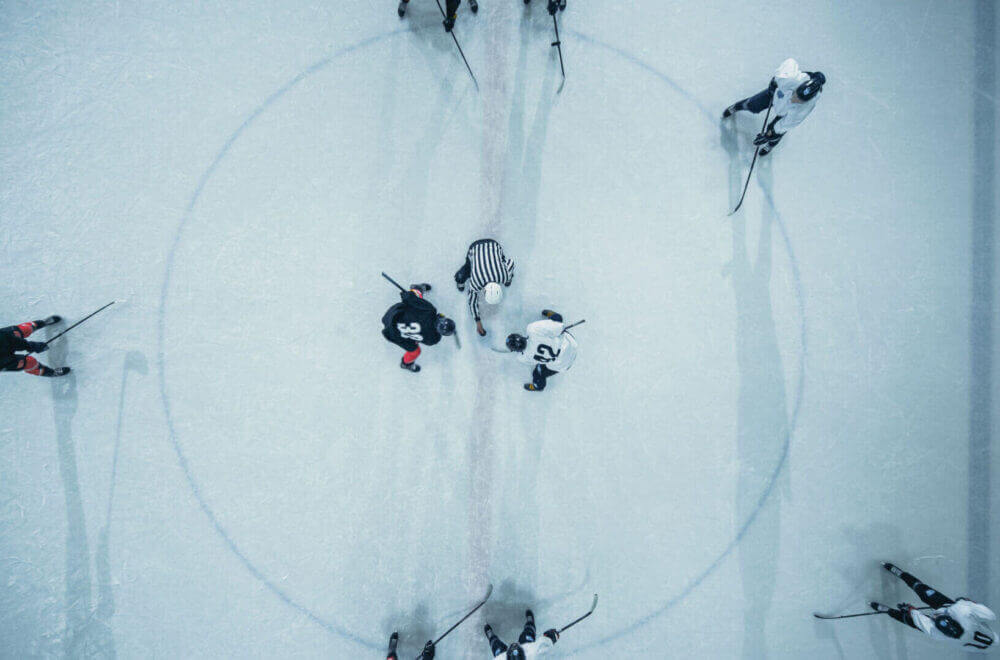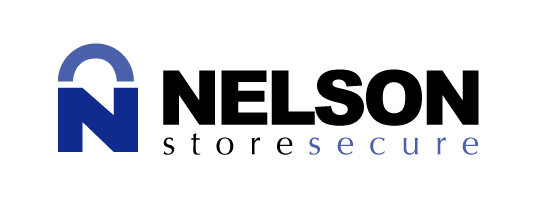Understanding Hockey Positions in the NHL and AHL

Hockey is a fast-paced, dynamic sport where every player has a specific role that contributes to the team’s success. From forwards racing to set up goals to goalies deflecting blistering slap shots, each position requires unique skills and responsibilities. Whether you’re watching the National Hockey League (NHL) or the American Hockey League (AHL), understanding these positions is key to appreciating the intricacies of the game.
While the roles themselves remain constant, there are subtle differences in how these positions are developed and utilized between the NHL and AHL. In this blog, we’ll break down the positions in hockey, outline their responsibilities, and explore how the NHL and AHL approach player roles and development.
Forwards
Forwards are often the most visible players in a hockey game because of their primary responsibility to create scoring opportunities. They are divided into three subpositions: center, left wing, and right wing.
Center
The center acts as the playmaker and is often regarded as the most versatile forward. Their role includes winning faceoffs, acting as a link between wingers, and playing defensively when needed. Centers usually have strong hockey IQ, exceptional vision, and the ability to make quick decisions with the puck.
- NHL Centers: At the NHL level, centers like Connor McDavid thrive on their ability to dictate the tempo of the game. Advanced skating and passing skills are critical to compete in the highest level of hockey.
- AHL Centers: Centers in the AHL are often players looking to refine their two-way game. Coaches in the AHL prioritize teaching young players the nuances of positioning and defensive responsibility to prepare them for the NHL.
Wingers (Left and Right)
Wingers complement the center by focusing on attacking down the sides of the offensive zone. They are also responsible for protecting the boards and contributing defensively when the opposing team is on the rush. Left wingers play on the left side, and right wingers play on the right, though many players are versatile enough to switch sides if needed.
- NHL Wingers: Wingers like Alexander Ovechkin or Patrick Kane are known for their offensive explosiveness and elite puck-handling skills. At the NHL level, wingers are also expected to backcheck aggressively and help out defensively.
- AHL Wingers: The focus in the AHL is often on teaching wingers how to manage turnovers and track back on defense. Player development in this role frequently emphasizes shot accuracy and strength in puck battles.
Differences Between NHL and AHL Forwards
The NHL demands precision, speed, and split-second decision-making, while the AHL serves as a proving ground for developing those skills. Younger forwards in the AHL work on improving their awareness and refining their play under pressure. Established NHL forwards, on the other hand, are expected to perform consistently at the highest level.
Defensemen
Defensemen are tasked with protecting their team’s net and preventing the opposing team from scoring. They play a critical role in breaking up offensive plays and transitioning the puck to their forwards. Like forwards, defensemen are divided into two sides, left and right, based on their handedness and positioning.
Responsibilities of a Defenseman
- Defensive Zone Coverage: Defensemen block shots, disrupt passes, and cover opposing players within their defensive zone.
- Transition Play: Defenders initiate offensive plays by making clean breakout passes or skating the puck out of their zone.
- Point Play: When positioned in the offensive zone, defensemen often control the play from the blue line, taking long-range shots or setting up their teammates.
NHL Defensemen
At the NHL level, defensemen such as Victor Hedman or Cale Makar are game-changers. They have the skating ability to join the rush while also maintaining defensive reliability. NHL defenders are often more physical and use their size and experience to neutralize even the most skilled opponents.
AHL Defensemen
Defensemen in the AHL are often focused on improving their gap control and decision-making during high-speed plays. Coaches also work closely with these players to develop consistency in their positioning and puck management, essential traits for making the leap to the NHL.
Differences Between NHL and AHL Defensemen
The game moves faster in the NHL, and defensemen must excel in responding to elite-level competition. The AHL, on the other hand, serves as a development league where defensemen can adjust to the speed of pro hockey while improving physicality and decision-making under the guidance of experienced coaches.
Goaltenders
Goaltenders have arguably the most challenging and high-pressure position in hockey. Their primary role is to keep the puck out of the net, but the demands of this position go far beyond just making saves.
Goaltending Responsibilities
- Shot-Stopping: The goalie’s primary job is to deny opposing players from scoring by using a combination of reflexes, positioning, and athleticism.
- Puck Handling: Many modern goalies also act as a third defenseman, helping their team transition from defense to offense through active puck handling.
- Communication: Goalies often serve as the eyes of the defense, shouting commands and alerting players to open opponents or potential threats.
NHL Goaltenders
Elite NHL goaltenders, such as Andrei Vasilevskiy or Igor Shesterkin, must possess incredible consistency and a high level of mental toughness. They are often the difference between a win or a loss, especially during high-pressure playoff games.
AHL Goaltenders
The AHL is a crucial development ground for goaltenders. Many NHL-caliber goalies start here to fine-tune their positioning, rebound control, and ability to read plays. Additionally, consistent game time in the AHL helps young netminders build the confidence needed to succeed at the next level.
Differences Between NHL and AHL Goalies
NHL goalies face harder shots, faster plays, and savvier opponents, requiring peak performance in every game. Meanwhile, AHL goalies work on developing the habits and resilience necessary for a stable pro career.
NHL and AHL Development Pipeline
The AHL plays a vital role in developing players for the NHL. It’s not just about skill refinement but also about adjusting to the mental and physical demands of professional hockey. NHL teams commonly assign younger players to their AHL affiliate to help them gain experience and improve specific aspects of their game.
For players at each position, the AHL provides a platform to grow under less pressure while still competing at a high level. When players excel in the AHL, they are often called up to the NHL, where they can showcase their abilities on the grand stage.
Final Thoughts
Understanding hockey positions and their responsibilities gives fans a deeper appreciation for the complexities of the game. While the roles of forwards, defensemen, and goalies are similar across the NHL and AHL, the approach to player utilization and development can vary.
The AHL’s focus on skill building ensures a steady stream of ready-to-play talent for NHL teams. For fans, this dynamic creates an exciting connection between the two leagues, as they watch budding stars evolve into elite NHL players. Whether the game is decided by a sniper’s perfect shot, a defenseman’s timely block, or a goalie’s incredible save, every position contributes to the magic of hockey.

REQUEST TICKET INFORMATION
"*" indicates required fields










